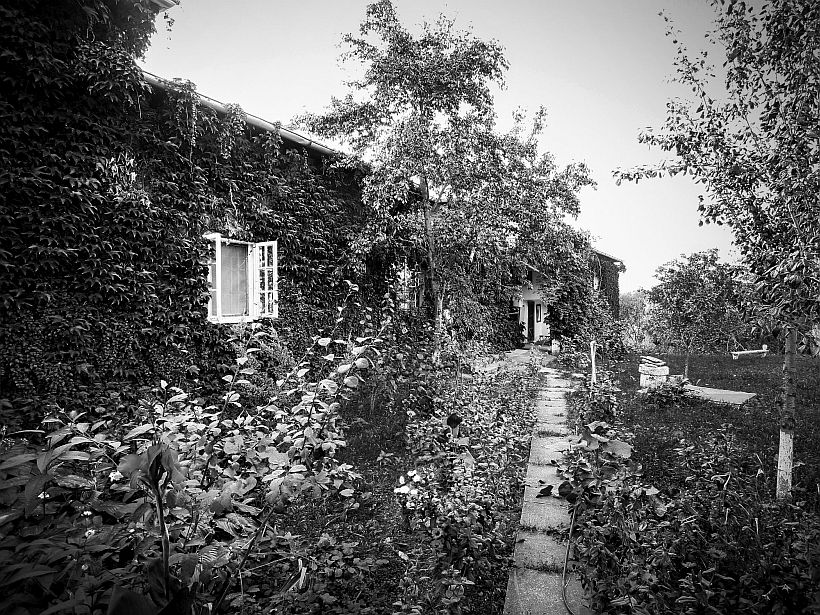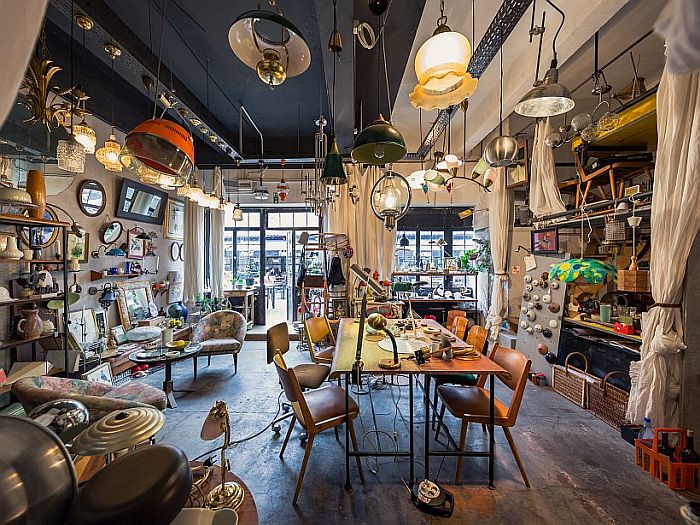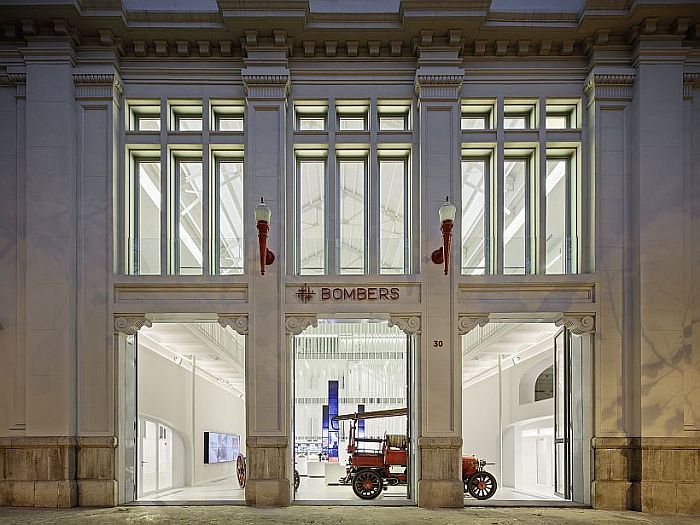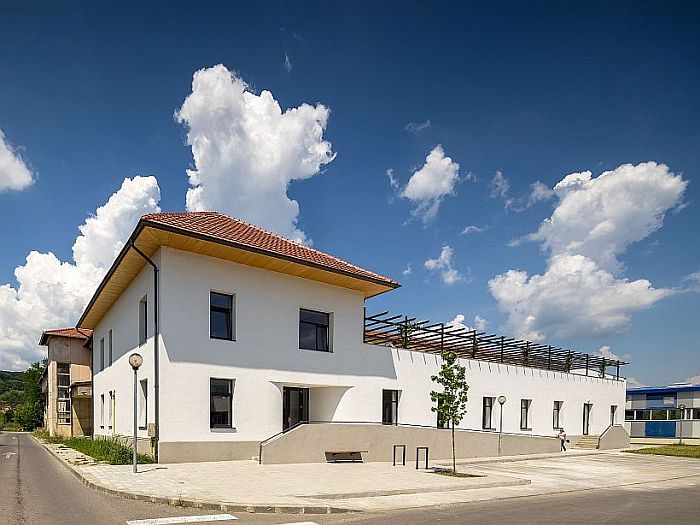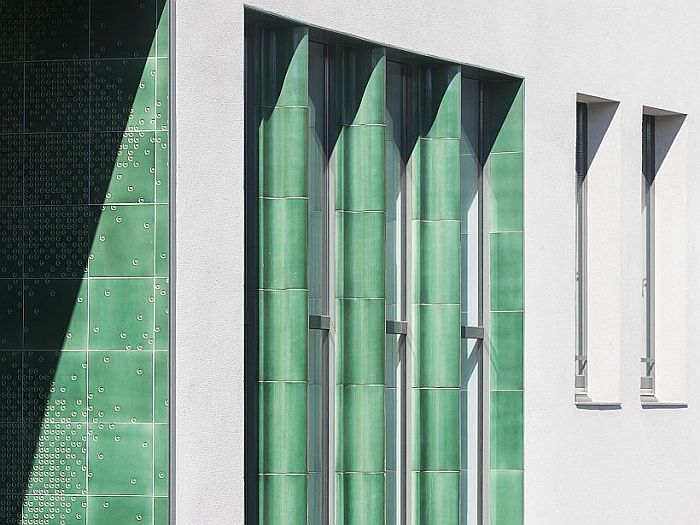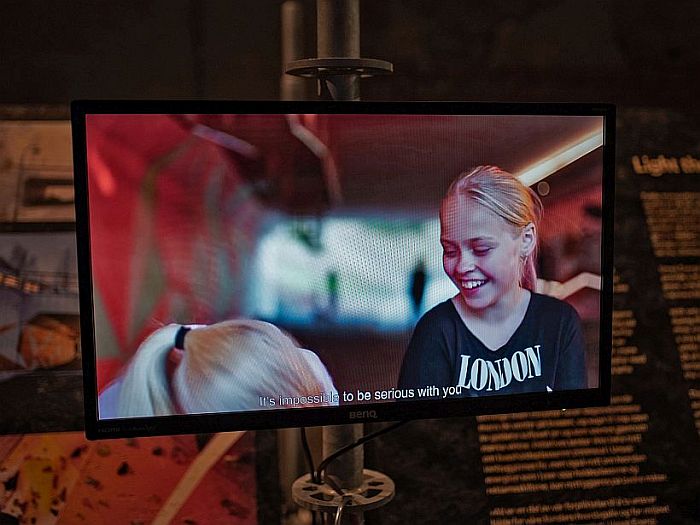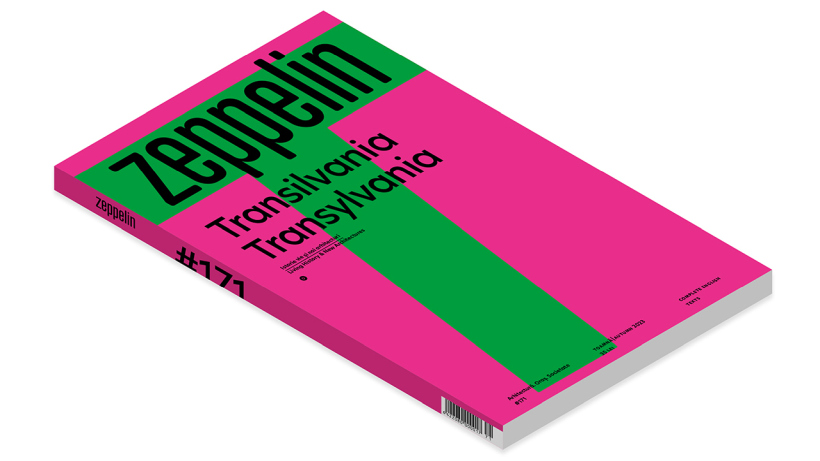Text: Ștefan Ghenciulescu
Photo: Cosmin Dragomir
Romania suffers from a terrible lack of museums. Not only are there few museums made, if any; more than 100 museums or memorial houses have disappeared over the twenty-something years, especially through retrocessions (and out of the authorities’ lack of interest in purchasing them). Under these conditions, a new museum, especially a museum of modern and contemporary art, is an event. Should true architecture also show up there, so much the better.



